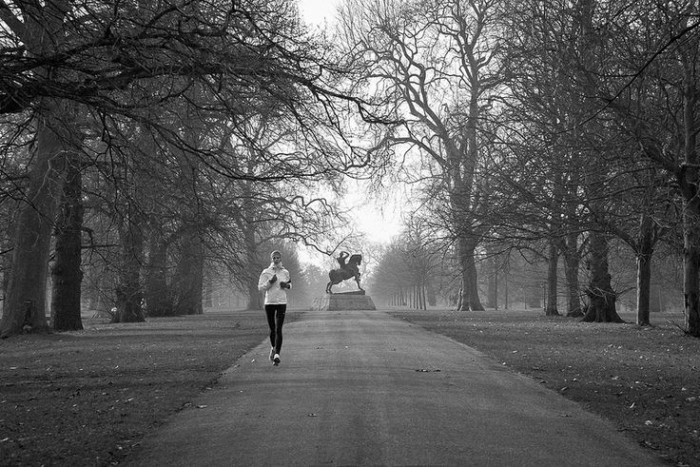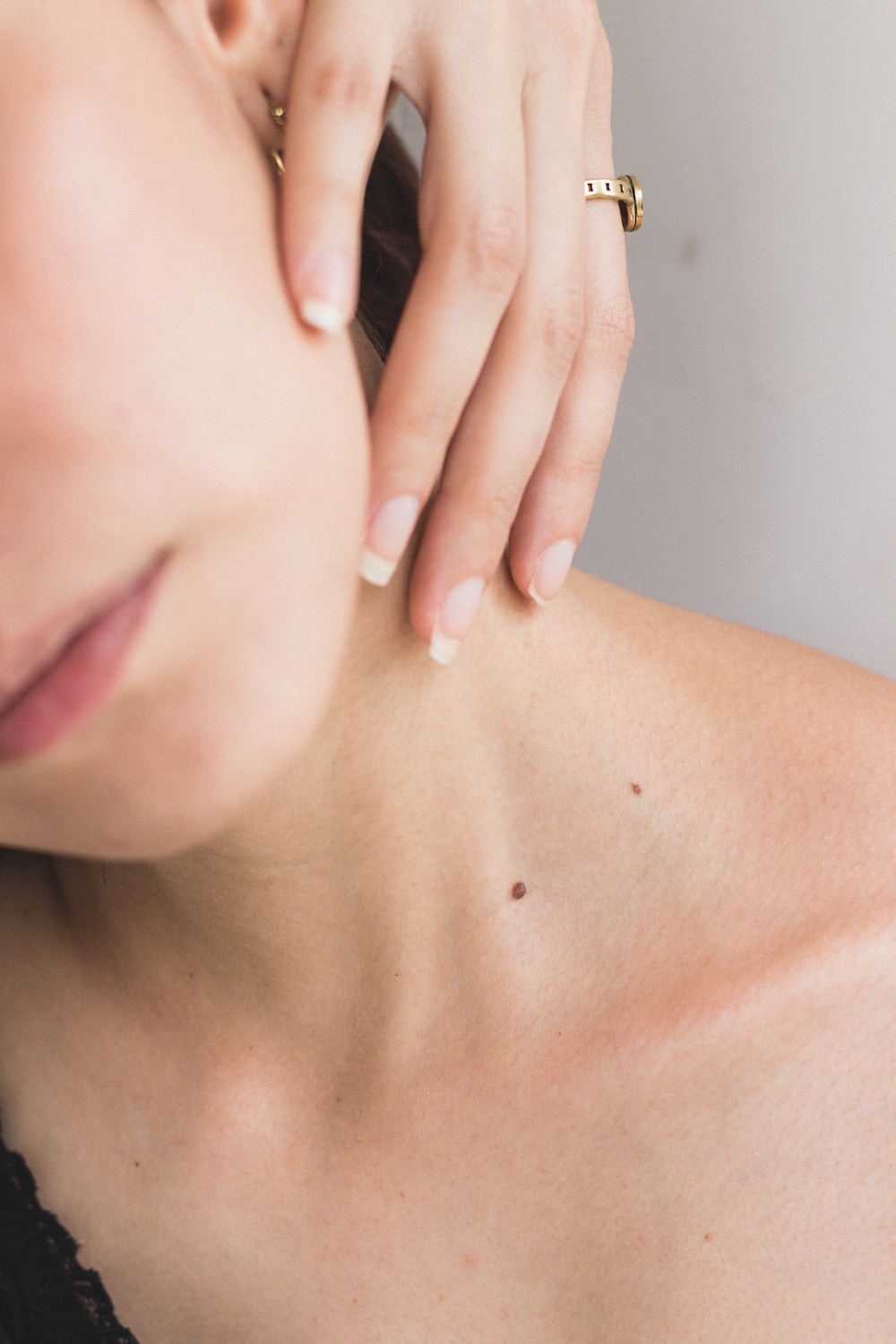Better than any beauty serum, your morning run is your best anti-ager.
Now there’s even more reason to find yourself at the gym or on your yoga mat. Recent studies have shown that regularly exercising three hours a week may be one of the most effective anti-aging practices.
Our Skin
Moderate activity is a boon to skin. Not only does exercise help skin resist the signs of aging—it can also reverse them. At study performed at McMaster University examined the skin of two groups of people whose ages ranged from 20 to 84. The first group exercised regularly (at least three hours a week) while the second group hardly exercised at all. A skin biopsy was performed using skin from the participants’ buttocks (an area rarely exposed to the sun and therefore less likely to show signs of UV damage).
The epidermis of the active set appeared smoother and more supple than that that of the sedentary set. Meanwhile, the dermis of the active set was firmer and more elastic. The inner layers of skin belonging to active, senior participants looked decades younger.
The researchers performed a follow-up study to isolate exercise as the key factor in this dramatic observation. After all, it’s quite possible that the active participants simply led a healthier lifestyle of which exercise was only one part. A sedentary group was asked to take up moderate exercise (running or cycling twice weekly).
Back in the lab, the team learned something exciting: After three months of exercise, the once-sedentary test group enjoyed an improvement in their skin’s health and appearance. Biopsies confirmed that even late comers to an active lifestyle will likely witness significant anti-aging effects on their skin.
According to the research team, the reasons behind this are rather common sense: exercise increases blood circulation, and improved blood circulation more effectively deliver nutrients to the skin. Also, when we exercise, the body undergoes productive stress, i.e. the breaking down and rebuilding of muscles, and as a result, the body releases cell-rejuvenating proteins.
Our Muscles
Speaking of muscles, we need them. Not only do they allow us to dance, hug, and play, they’re also essential players in the way we combat age-related disease. According to a New Scientist report, the weakening and loss of muscles (also known as sarcopenia) is a major cause (not just an effect) of serious illnesses.
It comes as no surprise that free radical damage is linked to sarcopenia. The release of calcium, as determined by ryanodine receptor 1, triggers our muscles to contract and function. The ryanodine receptor can be damaged by free radicals, however, causing calcium to be unnecessarily leaked, a mishap that weakens muscle fibers.
While researchers are working to develop a drug to combat this process, there’s something we can do to maintain and build our muscles in the meantime: stay active.
Need more convincing? Muscles are metabolic organs that consume glucose. With insufficient muscle mass, we’re not able to cope as well with spikes in blood sugar (blood glucose), putting us at risk for diabetes and hormonal conditions.
“The mitochondrial function of lifelong exercisers is like that of someone half their age,” explains Daniel Moore of the University of Toronto. “One of the best anti-aging pills is to stay active.”
Our Genes
The phrase “longer telomeres” doesn’t sound sexy, but I promise it is.
Telomeres are protective structures that cap the ends of our chromosomes. Composed of protein and DNA, telomeres keep chromosomes stable. (Quick biology review: chromosomes carry around our genetic information.) As we age, telomeres naturally become shorter, and our cells become vulnerable to aging and even death.
Indeed, shorter telomeres put us at increased risk for a host of health issues, including some cancers, vascular dementia, obesity, diabetes, heart disease, and osteoporosis.
But there’s good news. A study out of UCSF indicates that exercise and healthy lifestyle lengthens telomeres. Volunteers were asked to follow a certain lifestyle for a period of five years. They consumed a whole-foods, plant-based diet, engaged in moderate exercise (walking 30 minutes 6x a week), practiced stress management though yoga and breath work, and maintained a social support network. The result? A 10% lengthening of telomeres. Meanwhile, the control group, which was not asked to make any changes, experienced an average 3% decrease in telomere length.
A thirty-minute walk sounds pretty nice, huh? Do you find that exercise keeps you looking and feeling young? Discuss!
Get more like this—Sign up for our daily inspirational newsletter for exclusive content!
__
Photo: Hernan Piñera via Flickr.





